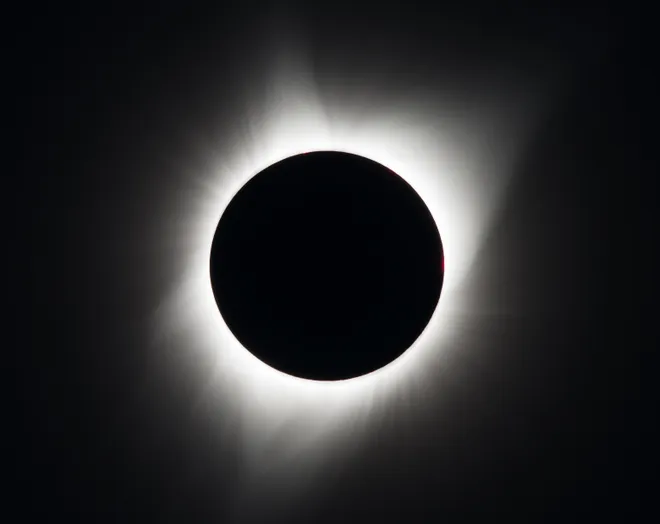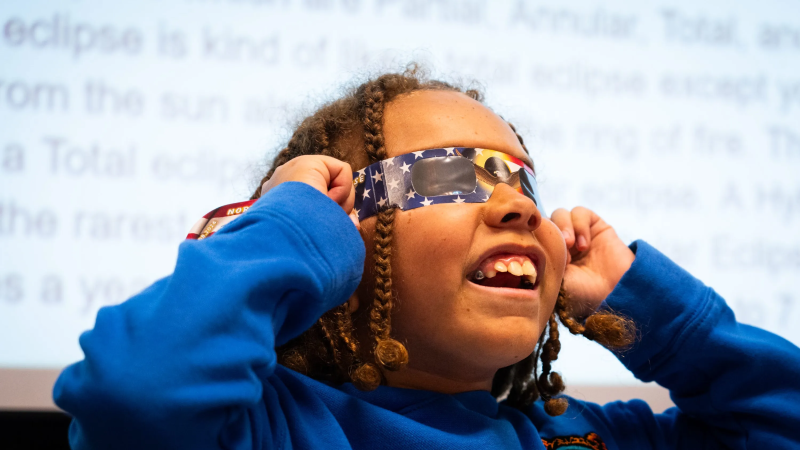2044 solar eclipse path: See where in US totality hits in next eclipse
Millions of Americans are by now eagerly awaiting the next total solar eclipse, which is only hours away from passing over a large swath of the continent.
But when the celestial event comes and goes, the awe-inspiring impression it leaves on skygazers may leave them with one question: "When can we see that again?"
Unfortunately, we'll have to wait awhile – this sort of spectacular astral phenomenon doesn't happen very often. Here's what we know about the next total solar eclipse that will cross over the contiguous U.S.
Solar eclipse glasses:What to know about glasses, safe viewing before the solar eclipse
When will the next total solar eclipse happen in the U.S?

Only seven years have passed since Americans had the opportunity to view a total solar eclipse, a relatively rare celestial event in which the moon appears to us here on Earth to completely block the sun.
The resulting fleeting moments of darkness can last for minutes or just mere seconds and is known as "totality," whereby the sun's outermost layer known as the corona makes a rare appearance.
Today's total solar eclipse, the first in North America since 2017, will travel over portions of northern Mexico, thousands of miles of the U.S. and the maritime provinces of Canada, according to NASA. According to astronomers, this eclipse will be brighter, will last longer and will be visible to more people than the last one in North America.
It's also the last one for 20 years in the United States.
After Monday, the next total solar eclipse viewable from the lower 48 states will be on Aug. 23, 2044.
2044 total solar eclipse path of totality
Compared to this year's eclipse, with a path of totality that will cross over 13 states, the 2044 total solar eclipse won't have as quite as broad of a reach.
The Planetary Society, a nonprofit involved in research, public outreach and political space advocacy, says that during the 2044 eclipse, the path of totality will only touch three states.
The eclipse will begin in Greenland, sweep through Canada and end around sunset in Montana, North Dakota and South Dakota.
It's not too early to start thinking about where you want to witness it. According to whenisthenexteclipse.com, Americans may want to make sure their passports up to date.
The place to be will likely be Banff National Park in Alberta and Jasper National Park, with Calgary and Edmonton also within the path of totality.

What to know about the 2033 eclipse in Alaska
Outside of the "lower 48," Alaska is set to experience a total solar eclipse much sooner.
On March 30, 2033, a total solar eclipse will occur in Russia and cross over Alaska, according to nationaleclipse.com. The maximum duration of totality for this eclipse will be 2 minutes and 37 seconds.
Contributing: Mary Walrath-Holdridge and Gabe Hauari
Eric Lagatta covers breaking and trending news for USA TODAY. Reach him at elagatta@gannett.com
Disclaimer: The copyright of this article belongs to the original author. Reposting this article is solely for the purpose of information dissemination and does not constitute any investment advice. If there is any infringement, please contact us immediately. We will make corrections or deletions as necessary. Thank you.





